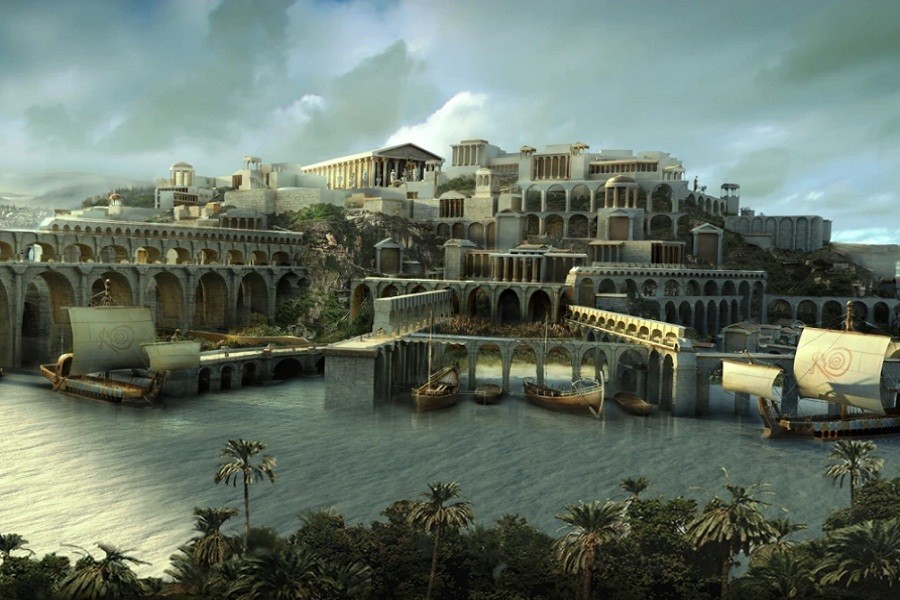We all know about the fabled city, Atlantis. According to the legend, the city represented a civilisation far ahead of its contemporaries. But they angered the gods and suffered utter destruction.
To this day, many people are still searching for the city. But there is a similar tale of another city in the Arabian desert, perhaps less well-known than the other one. This is known as Atlantis of the Sands. Bedouin tribes often call it Ubar, while many identify it as the city of Iram mentioned in the holy Quran.
Many ancient historians like Strabo, Herodotus, and Pliny the Elder spoke about a magnificent city in Southern Arabia without giving a name. However, it is argued that it is the same as Ubar/Iram.
According to their accounts, it was founded sometime around 3000 BCE and became an important trading post. As the wealth grew, the city turned into a dazzling display of tall pillars and buildings. Between 300-100 CE, it disappeared. Why? Nobody knows.
The myth of the Atlantis of the Sands has excited many. It served as an inspiration for the Unchartered 3 video games. The famous Arabian Nights may have a reference, where night 277 recounted the story of a King, Shaddad, and his greed to build a magnificent city never seen before. But it was destroyed.
The name of Iram is found in some pre-Islamic sources. But a complete account is mentioned in the Qur’an. The city was identified as the habitat of the powerful Ad Tribe, who erected tall and splendid structures. As they attained power, they became sinful.
As a result, violent winds swept across their lands for seven straight days, burying them under tons of sand.
The quest to find the Atlantis of the Sands has been going on for many years. Explorer Bertram Thomas visited the Empty Quarter (Rub al-Khali) of central Arabia, the rumoured location of a long-lost city. His guide showed him a faint trail and explained that once upon a time, it led to the great city of Ubar. But it has sank under the sands.
Thomas searched for it, naming it Atlantis of the Sands. He failed but inspired several future generations to continue the search. One of them was the famous Lawrence of Arabia. Lawrence was sure the city would be somewhere in the Empty Quarter.
A British amateur archaeologist, John Philby, later found craters created by meteors. His guides told him the tribe living in the area was punished by fire from the sky.
Philby thought he found the Atlantis of the Sands and theorised that meteor strikes destroyed it. But soon, it became clear that the meteorite strike had happened only a few decades earlier.
Another explorer, Wendell Phillips, followed the tracks Thomas’s guide showed him, but they disappeared 30 km into the desert.
In the 1970s, Italian archaeologist Paulo Matthiae was excavating the city of Ebla. He found tablets dated to 2500 BC. The city was referenced in the Ebla tablets, but no location was given.
In the 1990s, documentarian Nicholas Clapp invested much time and money into it. He even worked with Nasa to gather satellite imagery of the possible locations. It identified a place known as Shisr.
Subsequently, ruins of a fortress and a well were found, and NASA proclaimed prematurely that they were found in Iram. But scholars remained sceptical as it was too small to be Iram or Ubar.
Even Alexandria and Damascus were proposed as the location of the Atlantis of the Sands. According to archaeologist Juris Zurins, Iram is more likely to be a region. Some people, like author Paul Neuenkirchen, even opined that Iram might be used to refer to a tribe or a nation rather than a city.
Whatever it is, until today, nobody knows exactly where it is or how it was destroyed. That keeps the imagination alive, leading to new adventures.


